
The Cultural Landscape of Old Tea Forests of Jingmai Mountain in Pu'er in Southwest China's Yunnan Province (Photo/Courtesy of the Aministration for the Conservation of Old Tea Forests of the Jingmai Mountain in Pu'er)
The Cultural Landscape of Old Tea Forests of Jingmai Mountain in Pu'er were inscribed onto the UNESCO World Heritage list on Sunday during the 45th session of the World Heritage Committee in Riyadh, Kingdom of Saudi Arabia, bringing the total number of China's sites on the list to 57.
Located in Pu'er City, Southwest China's Yunnan Province, the property area is 72 square kilometers, while the buffer zone is 105 square kilometers. It covers nine traditional villages, three old tea plantations operated and managed by villagers for generations and three protective and partition forests. It is estimated that there are more than 1 million tea trees in the old tea plantations, according to a press release issued by the Aministration for the Conservation of Old Tea Forests of the Jingmai Mountain in Pu'er.
"The Cultural Landscape of Old Tea Forests of Jingmai Mountain in Pu'er is the world's first World Heritage site for tea culture. It demonstrates ecological ethics and wisdom that features harmony between man and nature and establishes itself as a key inspiration for sustainable development across the world today," Chen Yaohua, head of the heritage application project, told the Global Times.
The property was jointly created by the ancestors of the Blang people who immigrated to Jingmai Mountain in the 10th century AD and discovered and domesticated wild tea trees and by the ancestors of Dai people who later came to settle there.
On the basis of longstanding exploration and practices, the aboriginal people developed a smart understory growing technique, that is, to create ideal light conditions for the growing of tea trees through limited understory cultivation while preventing insect hazards through the well-preserved forest ecosystem, so as to produce quality organic tea leaves without application of pesticides and chemical fertilizers.
This smart cultivation technique has been practiced and carried on through local religious beliefs and cultural traditions. It is a model of both primitive forest-based agriculture and tea growing by humans. Its traditional knowledge system, represented by land use and village construction techniques based on local conditions, has ensured stable development of the local society and economy for more than 1,000 years and created a sustainable mountainous habitat for humans.
Pu'er tea is well-known in China partially for its ancient history. It is generally believed that Pu'er tea boomed in the Han Dynasty (206BC-AD220), was traded in the Tang Dynasty (618-907), gained fame in the Ming Dynasty (1368-1644), and prospered in the Qing Dynasty (1644-1911). Pu'er tea has a long history of plantation, and it gradually spread during the Sui (581-618) and Tang Dynasties by commodity trade.The cultural exchange between Pu'er tea production areas and the Central Plains was an important driving force for the development of the Pu'er tea industry.
Modern Pu'er tea refers to the product made by seasoning the sun-dried Yunnan broad leaf Qingmao tea, which belongs to the post-fermented dark tea category. Through the joint exploration of producers, operators, and consumers, modern Pu'er tea producing and processing technology features pile fermentation and warehouse seasoning.
The procedures of pile fermentation, pile turning, desiccating and warehouse seasoning have played critical roles in securing the quality of Pu'er tea. The basic processing techniques of modern Pu'er tea include seven main steps: fresh leaf picking, spreading fresh leaves for cooling, fixation, kneading, sundrying, pile fermentation, autoclaving and desiccating.
At present, after harvesting fresh tea leaves, the villagers process and sell a small portion themselves, while the rest are handed to cooperatives for unified manufacturing and sale.
The Pu'er area is an important trade center for collection and distribution of Pu'er tea. There were six main routes for tea transportation, including a northwestern route to Nepal and India and a southeastern route to northern Vietnam.
Geographically, the heritage site's eastern boundary is demarcated primarily on the basis of old tea plantations. Its southern boundary extends to the valley of Nanmen River at the southernmost edge of Bangyaoshan Mountain. Its western boundary stretches from Nanmen River to Banbing River (the tributary of Nanmen River), bends at the ridgeline to the west of Nuogang Village, and eventually ends at Nanlang River. Its northern boundary overlaps with Nanlang River.
At present, China has 57 world heritage sites, including 39 cultural sites, 14 natural sites, and four cultural and natural heritage sites.









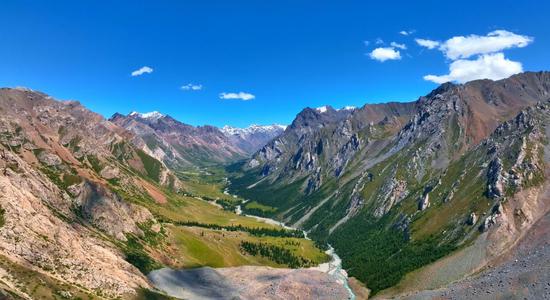


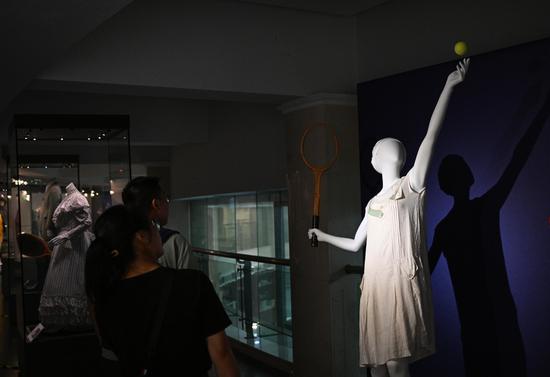

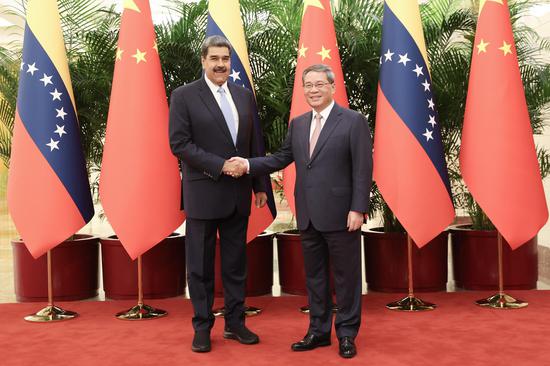
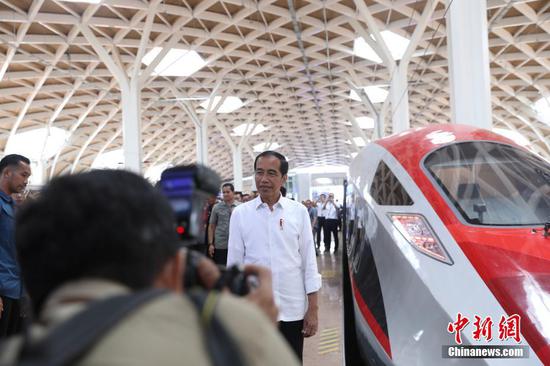

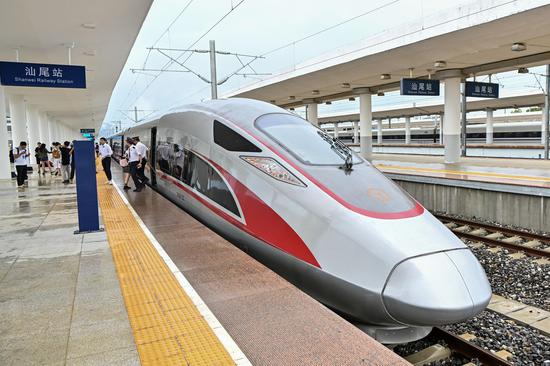
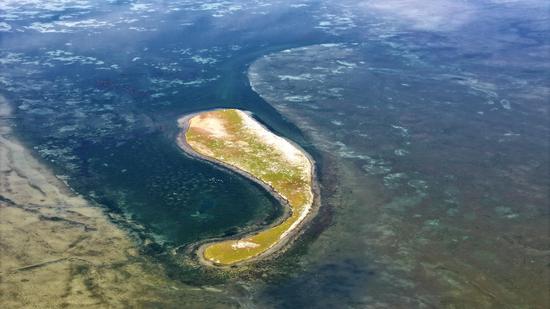
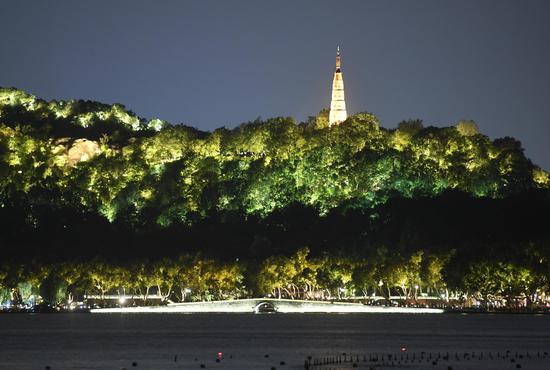


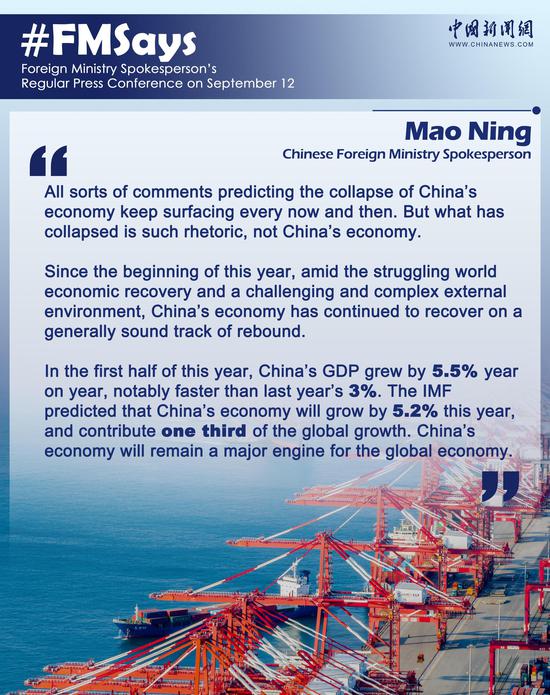




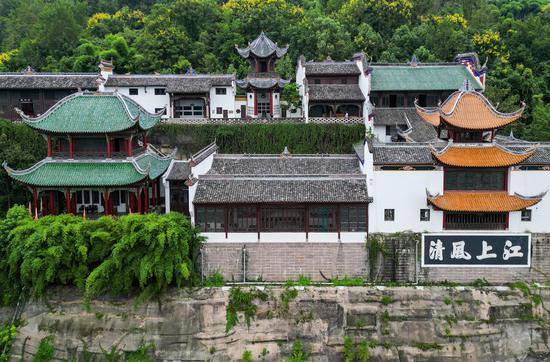

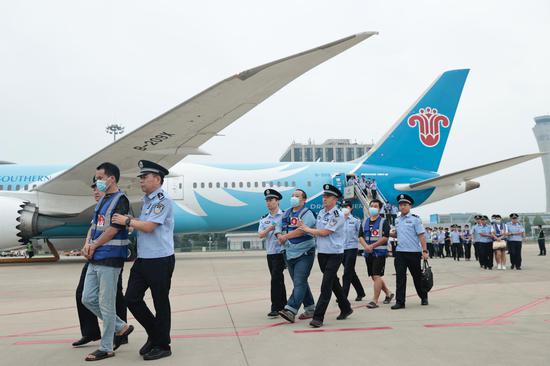
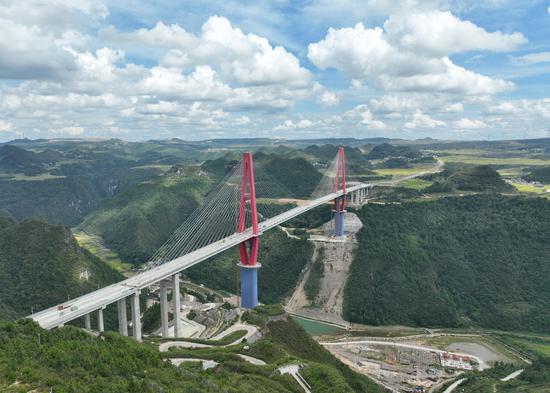

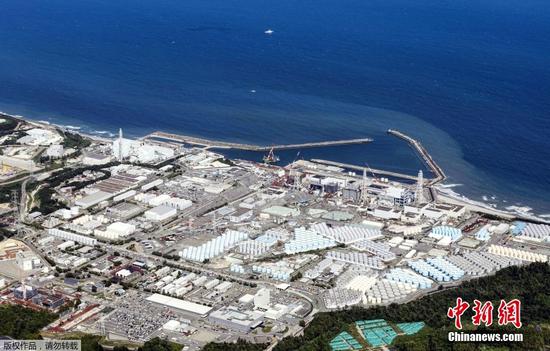


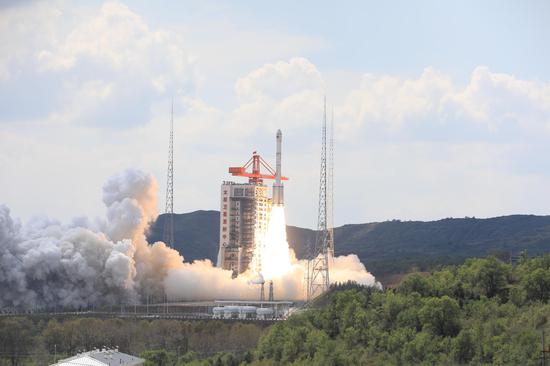


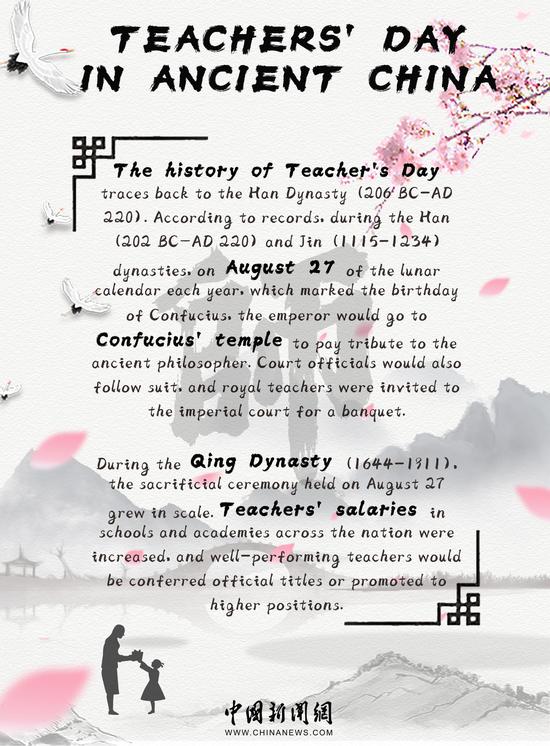
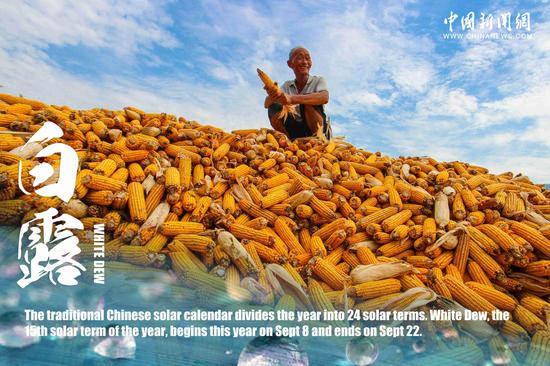
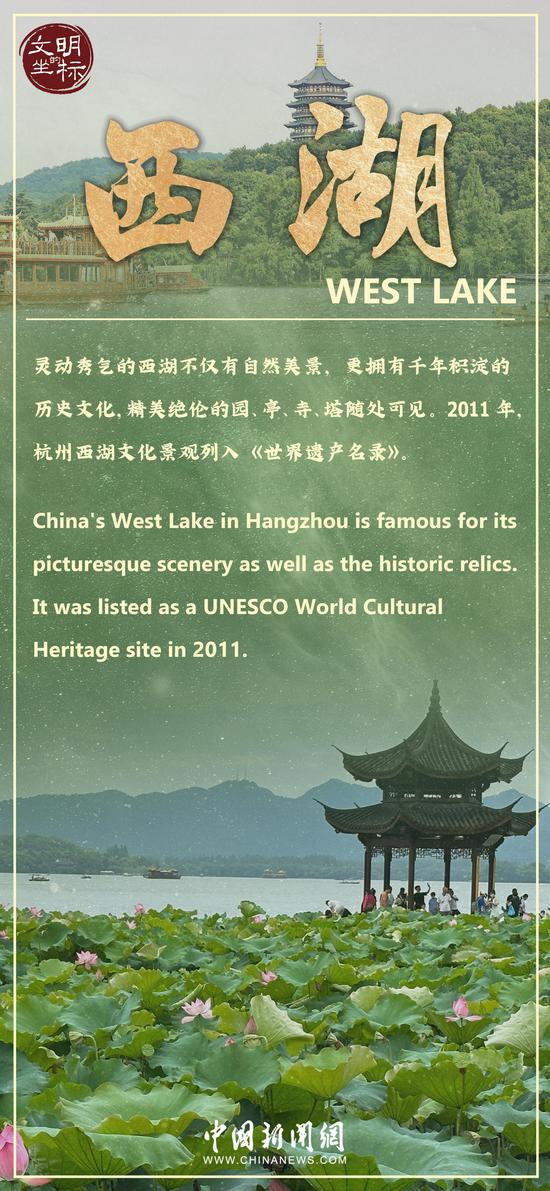

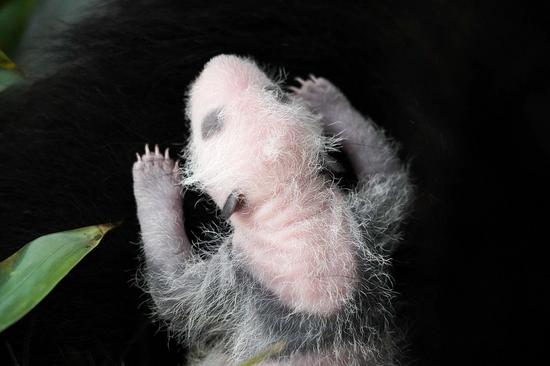
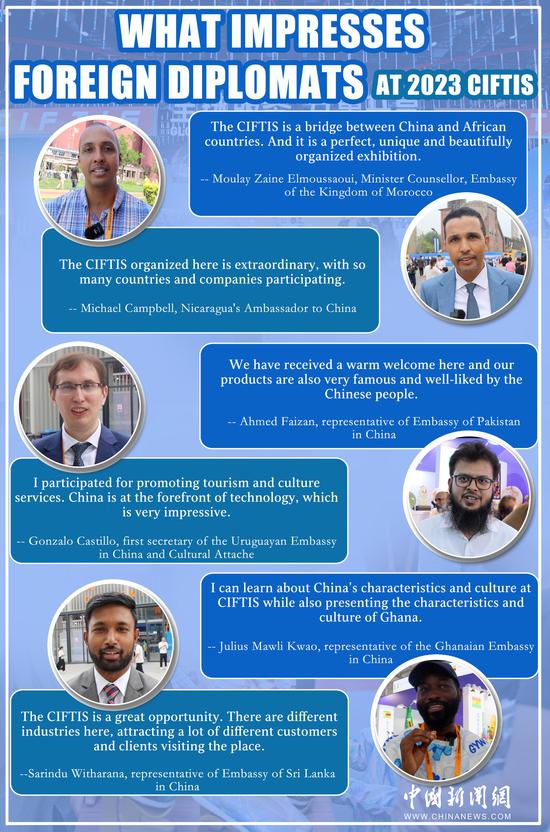






 京公网安备 11010202009201号
京公网安备 11010202009201号